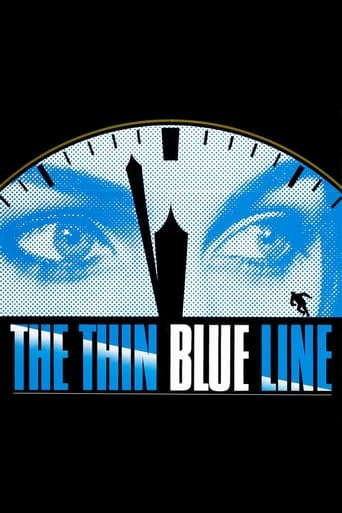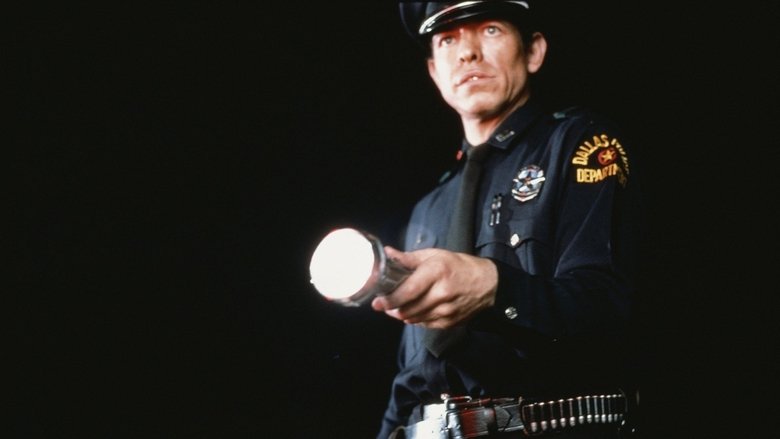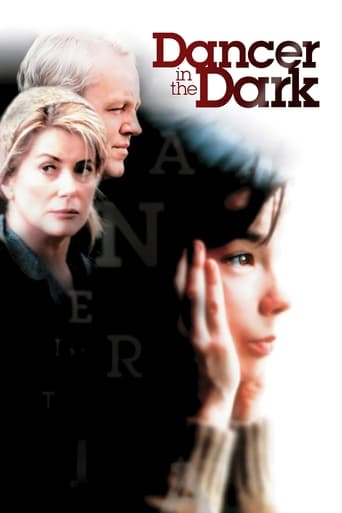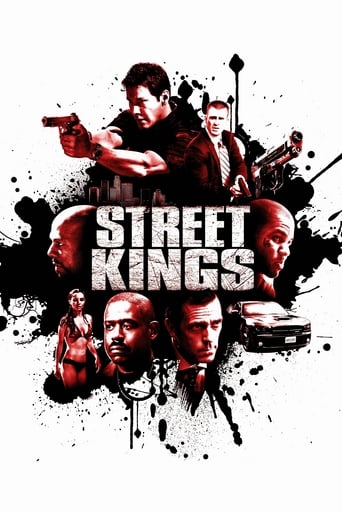The Thin Blue Line (1988)
Errol Morris's unique documentary dramatically re-enacts the crime scene and investigation of a police officer's murder in Dallas.
Watch Trailer
Cast
Similar titles
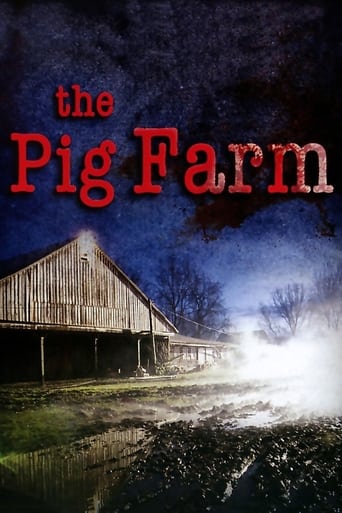

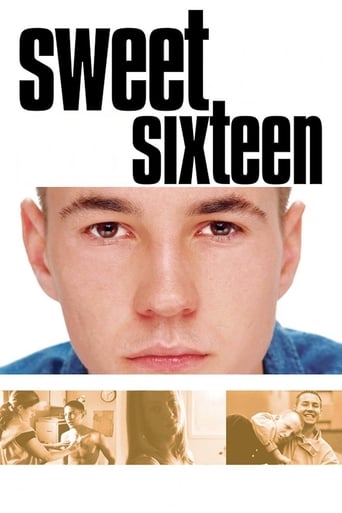
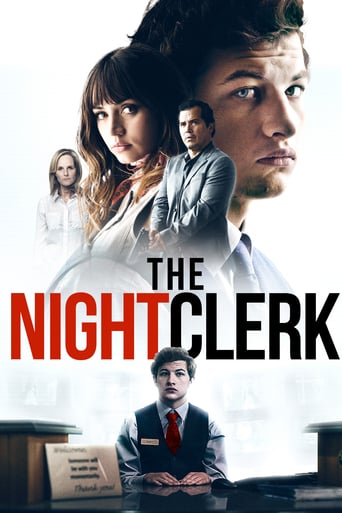
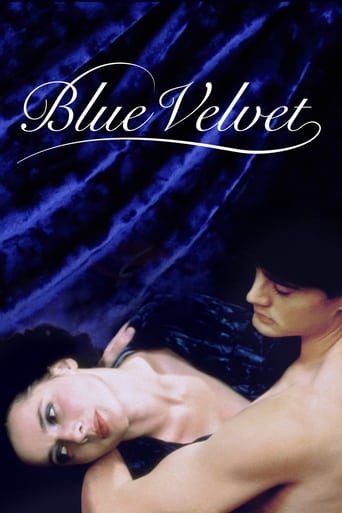
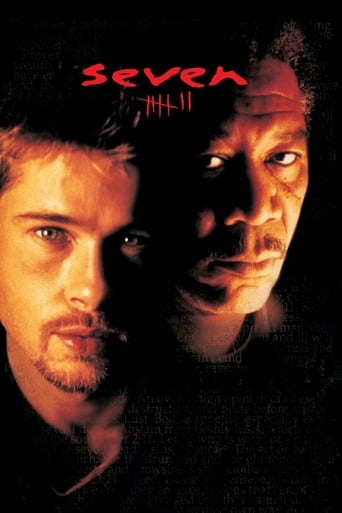
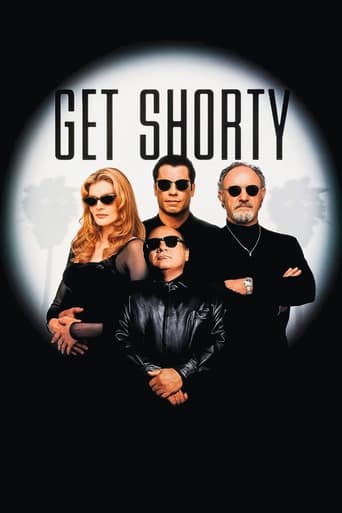
Reviews
It's entirely possible that sending the audience out feeling lousy was intentional
When a movie has you begging for it to end not even half way through it's pure crap. We've all seen this movie and this characters millions of times, nothing new in it. Don't waste your time.
This story has more twists and turns than a second-rate soap opera.
By the time the dramatic fireworks start popping off, each one feels earned.
In 1976, Dallas police officer Robert W Wood was killed during a traffic stop. His partner was one of the first female police officers in Dallas. The car was stolen and she had problems recalling the event. Randall Dale Adams was eventually convicted for the crime. David Ray Harris had bragged about the killing but later claimed that it was Randall who killed the cop. David had picked up Randall hitchhiking and spend the day together. While Randall claimed to be with his brother, David claimed that he was with Randall who shot the cop.This is a breakthrough Errol Morris documentary. The case itself is interesting and the fact that it actually helped overturn the case is impressive. There is a hypnotic beauty to the reenactments along with the Philip Glass music. The movie does take a little while to lay down the incident. I think a more straight forward recitation of the main facts of the case with narration at the beginning would be better. This is a ground breaking documentary.
Errol Morris' "The Thin Blue Line" documents the 1976 murder of Dallas police officer Robert Wood. David Harris, a young drifter, was initially arrested for the crime, but later testified that another man, Randall Adams, was actually responsible for the murder. Adams claimed to know nothing about the murder. Local authorities believed Harris, however, and Adams was eventually charged and given the death sentence. As the film begins, Adams has been in jail for 11 years, and Harris is serving time for an unrelated crime.Using dramatic reconstructions and many eye-witness testimonies, Morris' documentary dives headlong into the case. It's a "Rashomon" styled parade of conflicting testimonies and overlapping subjective viewpoints, the truth of the murder murky and shapeless, until things begin to focus. When the crime begins to coalesce, a pitiful picture begins to take shape: rampant police corruption led to Adams being falsely convicted, Harris emerges as a juvenile psychopath, police incompetence is exposed, scapegoats are exonerated, corroborating evidence and testimonies are undermined, the moral character of lawyers, psychiatrists, law enforcement officers and expert witnesses is called into question, and even the testimonies of regular civilians are seen to be wholly biased, easily swayed by personal desires for money and fame. The film's point: trust no one, test the gods, and keep probing until you find the truth."The Thin Blue Line" was well received when it released in the late 1980s, but it would be a number of years before its influence on the documentary genre would become apparent. Morris' dramatic reconstructions of the crime – filmed in nightmarish, noirish hues and resemblant of a David Lynch film - talking heads, and overall aesthetic/approach would give rise to an entire documentary industry, influencing countless TV crime docs, court TV stations and investigative programmes. Adding weight to Morris' visuals is a mounting, powerful score by Philip Glass, which pulls portentously down on the picture like a hang man's noose.Still, for a film purporting to "search for the truth", "The Thin Blue Line" is at times a thin work. Suspicious holes in Adams' memory are skirted over, and though the film places human faces on those ignored men and women who live on the fringes of society, either economically or psychologically, too little effort is put into delving into the lives of these characters. Subsequent writing on Harris (who has since been executed), for example, has demonstrated that he too was a victim, alcoholic and suicidal at the mere age of 11, and condemned to live with a violently abusive family. Also missing from the film is any trace of homosexuality, any trace of the psycho-sexual confusion these two men were experiencing and any understanding how their marginalization may have affected their sexuality. Indeed, psychopaths (both sexes tend to find psychopaths notoriously charming and sexy) are disproportionately bisexual, and many journalists and writers have since claimed that a bisexual or sexually confused Harris rejected Adams' sexual advances on the night of the murder, and that Adams is himself homosexual. But such avenues aren't explored in the film, nor are there any hints that Adams' sexuality played a role in the police convicting him (Texas was, and still is, renowned for its "Gay Persecution Laws").Still, "The Thin Blue Line" is primarily interested in police corruption, and along these lines it works well. Morris makes it clear that the police failed to follow up on certain evidence merely because such evidence conflicted with the outcome they wanted to achieve. In other words, the police, like all human beings, engage in rationalizations, and tend to work backwards from their preconceived notions or expectations. Today, experts estimate that about ten thousand people in the US are wrongfully convicted of serious crimes each year (which is roughly between 5 and 14 percent of all convictions). Sixty four percent of the people exonerated of serious crimes had been misidentified (usually erroneous cross-racial identifications), fifteen percent had false confessions forced out of them, and 44 percent were subject to prosecution witnesses committing perjury. For a similar, and arguably better documentary covering this same topic, see "Murder on a Sunday Morning".8/10 – Though an influential and haunting documentary, time and countless imitators have rendered "The Thin Blue Line" somewhat slow and repetitive. Worth one viewing.
This well-prepared and compelling documentary has one or two moments of brilliance that lift it above the average. The first is the reconstruction of the crime at the centre of the story. A nightmarish, abstracted scene that David Lynch might have created, this drama plays over and over again, never going beyond the perimeter of the camera's widest angle. It not only traps the event in a space but also in time. The second is the editorial care with which the director frames serial offender David Harris - only in the final shot of this man speaking do we see him reach up to scratch his face, revealing his handcuffs.The story itself is a blatant miscarriage of justice (postscripts record Adams' acquittal). The most compelling thing is to watch those involved speak about the event. The belligerent and defensive self-righteousness of bigoted Dallas officers and a self-important judge bloat the screen; the calm equanimity of defence lawyers, detective Sam Kittrell and even Adams himself are as powerful an advocate as the evidence itself. There is very little music but what there is is the stripped down, undulating underscoring of Philip Glass. It's occasionally difficult to make out exactly what's being said given the mix and the nature of the vernacular and accents but that's a minor point for a major document. 7/10
I went into this movie not knowing what to expect, and boy was I surprised! This documentary tells the story of the murder of an innocent police officer from the different points of view of the people involved with the case. The whole movie has a very creepy feel to it, and I actually felt nervous throughout the whole movie, as if I was watching a horror film! The whole case is extremely interesting, and all the twists and turns of it kept me on the edge of my seat. I found myself trying to pick apart the case myself. The only problem I had with the movie, which is minor, is that it was told in a kind of fashion that had each "time period" (trial and accident) kind of mixed into each other, which is a creative way of telling the story, but I honestly don't like it in most movies because it can get very confusing. However, this doesn't really get too confusing and is still pretty easy to follow. With an ending I was not really left me speechless, I say this is a must see for anyone who is into trials or murders, likes documentaries, or is just looking for a good mystery type film (even though it is a documentary). It is one of the best documentaries I have actually seen, and so I give it 9/10 stars.
